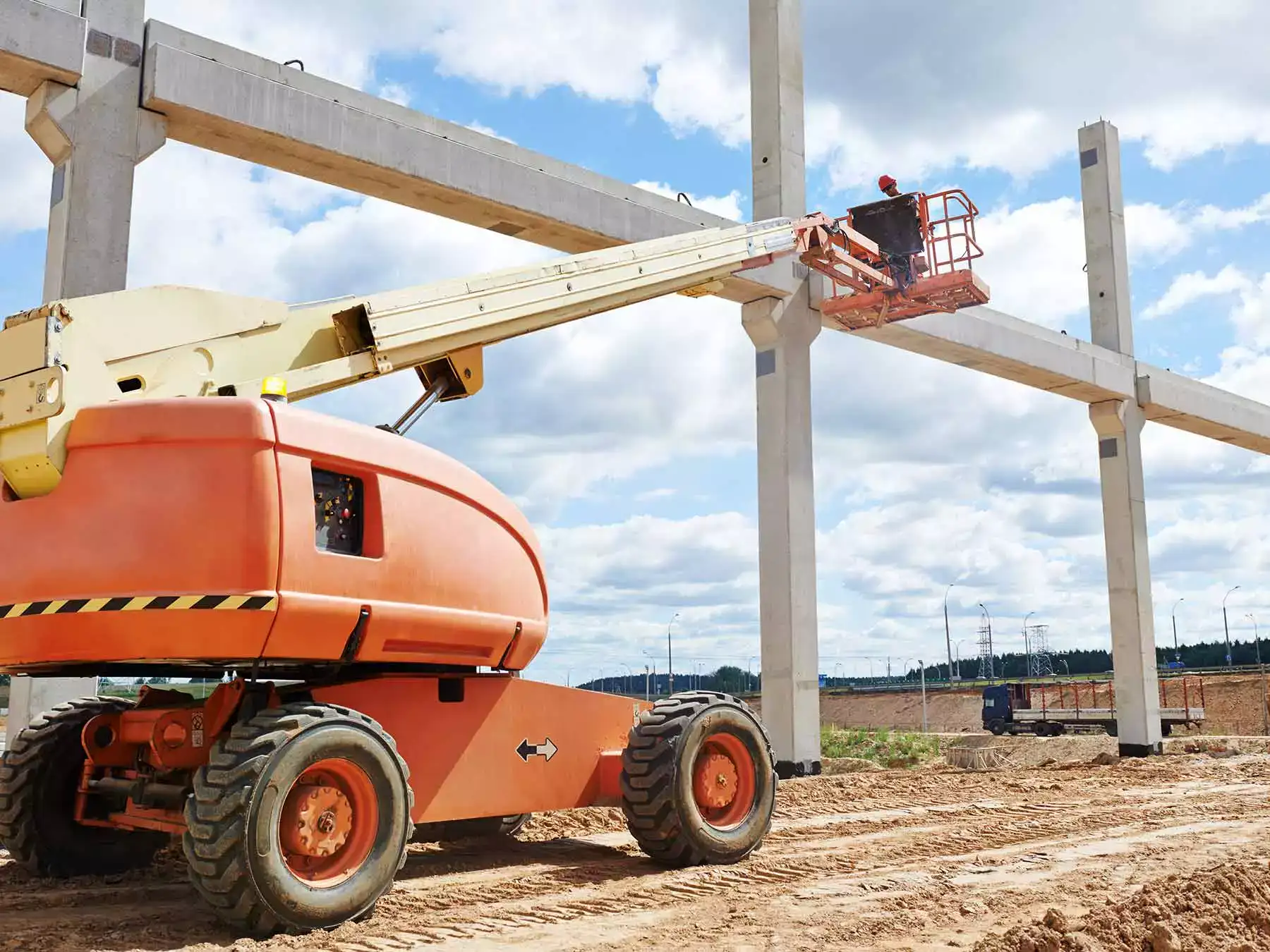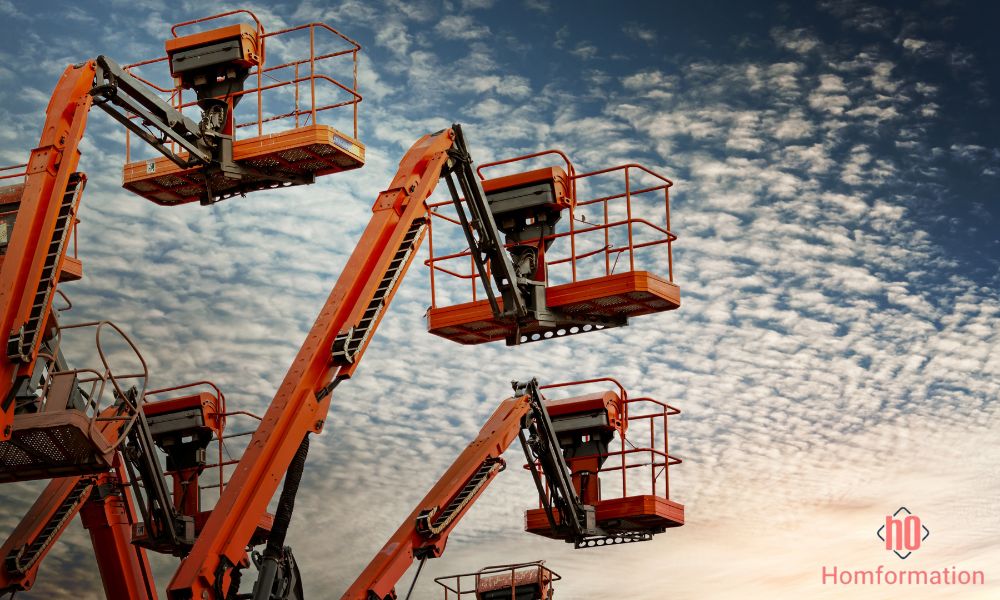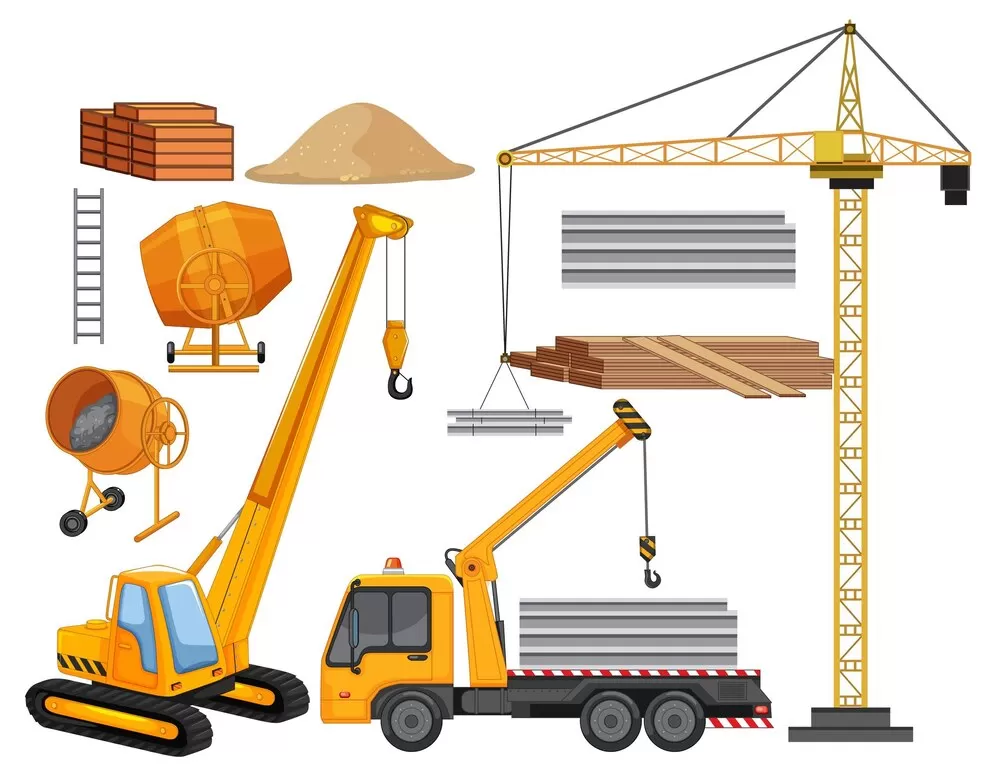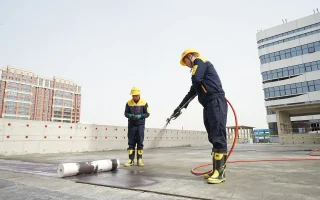Whether you’re working on a new build, a renovation, or a repair project, efficient lifting is crucial to keeping your project on schedule and avoiding costly mistakes. Choosing the right equipment, like a HIAB hire (a crane-equipped truck), can streamline operations and minimize risks. Let’s break down how to plan your next construction lift the right way by covering key requirements, equipment choices, and essential safety measures.
1. Assess Your Lifting Requirements

A successful lift begins with a thorough understanding of what needs to be lifted, and the specific challenges involved. Here’s what to focus on:
Load Weight and Size
- Know Your Numbers: Calculate the weight and dimensions of the materials or equipment you need to lift. Don’t forget to account for rigging gear, slings, and attachments, as these add to the load.
- Why It Matters: Overloading can cause equipment failure, injuries, and project delays. Ensure the equipment’s capacity exceeds the heaviest load by a safety margin.
- Load Distribution: Understand how the weight is distributed. For irregular loads, balance the lift with counterweights or specialized rigging techniques.
- Environmental Considerations: Factor in weather elements like wind resistance, moisture, or temperature fluctuations, which can affect the load’s weight and stability.
Lift Height and Reach
- Measure the Distance: Determine how high and far you need to lift materials. Include potential obstacles like scaffolding, power lines, or adjacent structures.
- Match the Crane: Choose a crane that can handle the required height and reach. For example:
- Tower Cranes: Ideal for high-rise buildings with fixed positioning.
- Mobile Cranes: Flexible for different heights and locations.
- HIAB Trucks: Perfect for mid-level lifts combined with material transport in tight spaces.
- Boom and Swing Radius: Ensure the crane’s boom length and swing radius can accommodate the lift without hitting obstacles or exceeding load limits.
Site Conditions
- Survey the Terrain: Check for ground stability, surface gradients, and soil conditions. Soft or uneven ground may need stabilizing pads or temporary foundations.
- Access Points: Ensure there are clear paths for moving equipment to and from the site. Plan for any limitations like narrow entrances, slopes, or obstructions.
- Overhead Obstacles: Identify potential hazards such as power lines, tree branches, or structures that could interfere with the lift.
- Weather Conditions: Plan for contingencies if weather changes, as rain, high winds, or snow can impact safety and efficiency.
Pro Insight: “A detailed site assessment avoids surprises — you want to know exactly what your crane or HIAB truck is dealing with before you start.” — Mark Ellis, Construction Site Manager
2. Choose the Right Equipment
Selecting the correct lifting equipment is critical for both safety and project efficiency. Here are your primary options:
Cranes
- Tower Cranes: Best for high-rise construction. They provide unmatched stability and lifting power for tall structures.
- Mobile Cranes: These versatile cranes are suitable for various tasks and are easily transported between sites.
- Rough Terrain Cranes: Designed for off-road and challenging environments, rough terrain cranes have sturdy tires and powerful engines to handle unstable ground.
HIAB Hire
- What It Is: A HIAB truck combines a flatbed with a hydraulic crane, allowing you to lift and transport heavy materials in one seamless operation.
- Why It Works: Ideal for projects in urban areas or confined spaces where traditional cranes are impractical.
- Efficiency Boost: Save time and reduce costs by eliminating the need for separate lifting and transport equipment.
Use Case: “For a recent renovation in a narrow city street, a HIAB truck was a game-changer. It lifted heavy beams and delivered them seamlessly — no separate crane needed.”
Forklifts and Telehandlers
- Forklifts: Excellent for moving materials around the site efficiently. Ideal for warehouses, flat surfaces, and short-distance lifts.
- Telehandlers: These telescopic handlers offer extended reach and height capabilities, making them perfect for multi-level tasks like lifting materials to upper floors or over obstacles.
3. Plan the Lift with Safety in Mind

Safety is non-negotiable when lifting heavy loads. Proper planning minimizes risks and ensures smooth operations. Here’s how to prioritize safety:
Conduct a Risk Assessment
- Identify Hazards: Look for potential dangers like overhead power lines, unstable ground, nearby buildings, or equipment failures.
- Mitigation Strategies: Develop solutions to address these risks, such as repositioning the lift area, reinforcing the ground, or using spotters to guide the lift.
Hire Qualified Operators
- Certifications and Training: Ensure operators are certified and experienced with the specific equipment being used. For HIAB trucks, operators should be skilled in both crane operation and load handling.
- Experience Matters: Choose operators who have a proven track record in handling similar lifts and site conditions.
Implement Safety Protocols
- Set Exclusion Zones: Designate areas where only essential personnel are allowed during the lift.
- Use PPE (Personal Protective Equipment): Ensure everyone wears hard hats, high-visibility vests, gloves, and safety boots.
- Team Briefing: Before each lift, communicate the plan, roles, and emergency procedures to all team members.
Inspect Equipment
- Check for Wear and Tear: Inspect cranes, HIAB trucks, forklifts, and attachments for any damage or malfunction before the lift.
- Regular Maintenance: Follow manufacturer guidelines for routine maintenance to prevent breakdowns during critical operations.
4. Coordinate with Your Team
Effective coordination and clear communication are the backbone of a smooth, safe, and efficient lift. A well-organized team minimizes risks, avoids confusion, and ensures everyone is working toward the same goal. Here’s how to align your team for success:
Assign Clear Roles and Responsibilities
Every team member should know their role, responsibilities, and how they contribute to the lift. Defining these roles reduces confusion and improves efficiency.
- Lift Operator: The person responsible for operating the crane, HIAB truck, or other lifting equipment. Ensure they are certified and familiar with the specific equipment being used.
- Signalers (Riggers or Banksmen): Team members who guide the operator using hand signals, radios, or other communication tools. They ensure the operator understands the exact movement needed.
- Ground Crew: Responsible for preparing the site, clearing obstacles, securing the load, and maintaining exclusion zones. They also assist with attaching and detaching loads safely.
Conduct a Pre-Lift Meeting (Toolbox Talk)
Before any lift, gather the entire team for a detailed briefing. This meeting covers the lift plan, safety protocols, and contingency strategies.
- Agenda for the Meeting:
- Lift Plan Overview: Explain the step-by-step process, including load details, equipment being used, and the lift sequence.
- Safety Protocols: Review exclusion zones, PPE requirements, and emergency procedures.
- Roles and Duties: Clarify each person’s role and confirm they understand their tasks.
- Potential Risks: Discuss site-specific hazards like power lines, unstable ground, or weather changes.
- Communication Methods: Agree on hand signals, radio channels, and backup communication methods.
Pro Insight: “A thorough pre-lift meeting sets expectations and prevents last-minute confusion. Everyone should walk away knowing exactly what to do.” — Mark Ellis, Construction Site Manager
Communicate Effectively During the Lift
Smooth communication is critical during the lift to ensure safety and precision. Miscommunication can lead to accidents, delays, or equipment damage.
- Use Reliable Communication Tools:
- Radios: Ensure all radios are charged, tested, and set to the correct channel.
- Hand Signals: Use standard, pre-agreed hand signals that everyone understands.
- Visual Aids: High-visibility clothing and clear markings can help operators see signalers more easily.
- Establish a Clear Chain of Command:
- Only the designated signaler should give directions to the operator.
- The operator should stop the lift immediately if unclear signals or conflicting instructions arise.
- Maintain Situational Awareness:
- Ensure that all team members remain alert and aware of their surroundings.
- Periodically check in with each team member to confirm they are following the plan.
Plan for the Unexpected
No lift plan is foolproof — unexpected challenges can arise. Having contingency plans in place helps you stay flexible and respond quickly to issues.
- Equipment Malfunction: Identify backup equipment or have a service technician on standby.
- Weather Changes: High winds, rain, or snow can disrupt lifts. Monitor forecasts and be ready to reschedule if conditions deteriorate.
- Load Shifts: If the load becomes unstable, have a procedure for pausing the lift and reassessing.
- Personnel Shortage: Have backup crew members briefed and ready to step in if needed.
Pro Tip: “A quick team briefing before each lift helps avoid misunderstandings and keeps everyone safe.” — Lisa Foster, Safety Coordinator
5. Monitor and Evaluate the Lift

Your responsibility doesn’t end when the lift starts. Active monitoring during the operation and a thorough evaluation afterward ensure continuous improvement and safety.
Monitor Progress in Real Time
- Stay Alert and Vigilant: Continuously observe the lift for signs of strain, instability, or equipment malfunction.
- Load Balance: Ensure the load remains steady and doesn’t swing or tilt excessively.
- Equipment Strain: Watch for unusual sounds, slow movements, or mechanical resistance.
- Communicate Changes: If adjustments are needed, quickly relay instructions to the operator and ground crew.
- Pause if Necessary: Don’t hesitate to halt the lift if conditions become unsafe or unclear. Safety always comes first.
Adjust as Needed
- Dynamic Problem-Solving: Small tweaks — like shifting the load slightly, adjusting the boom angle, or repositioning the crane — can prevent bigger issues.
- Keep an Open Channel: Ensure the operator, signalers, and ground crew can communicate quickly and clearly to make real-time adjustments.
Post-Lift Evaluation
After the lift is complete, take time to debrief and evaluate the operation. This step is essential for improving future lifts and ensuring best practices are followed.
- Debrief the Team:
- Gather everyone involved and review the lift.
- Discuss what went well, what challenges arose, and how they were handled.
- Encourage team members to share their observations and suggestions.
- Document Lessons Learned:
- Record key insights, including successes and areas for improvement.
- Note any issues with equipment, communication, or site conditions.
- Use these findings to refine processes, improve safety protocols, and streamline future lifts.
- Follow-Up Actions:
- Schedule maintenance if equipment showed signs of wear or malfunction.
- Update safety procedures based on the lift experience.
- Train the team on new techniques or tools if needed.
The Bottom Line
A successful lift depends on meticulous planning, clear communication, and proactive monitoring. By assessing your lifting requirements, choosing the right equipment (like a HIAB hire for flexibility), coordinating effectively with your team, and evaluating each lift, you set the stage for efficient and safe operations.
Remember, preparation isn’t just a box to check — it’s the foundation for a project that stays on schedule, on budget, and free from unnecessary risks. Plan ahead, stay adaptable, and lift smart to achieve seamless construction success.





